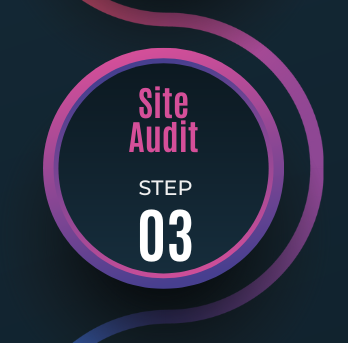
Steps of SEO: 9 Technical Optimization
Optimizing technical aspects of a website is crucial for SEO. Improving page speed, mobile-friendliness, implementing HTTPS, optimizing URLs and using structured data are essential techniques.



Optimizing technical aspects of a website is crucial for SEO. Improving page speed, mobile-friendliness, implementing HTTPS, optimizing URLs and using structured data are essential techniques.

Optimize your website structure to improve rankings and user experience. Our guide covers all essential elements for a well-organized and optimized site.

Creating effective content is essential for improving a website’s SEO and visibility. To succeed, understand your audience, create high-quality content, optimize it for search engines, consider external content creation, and update regularly.